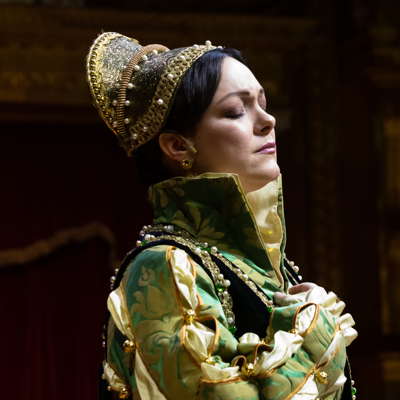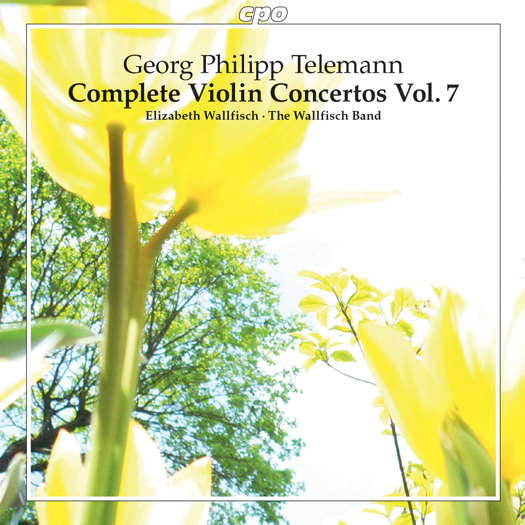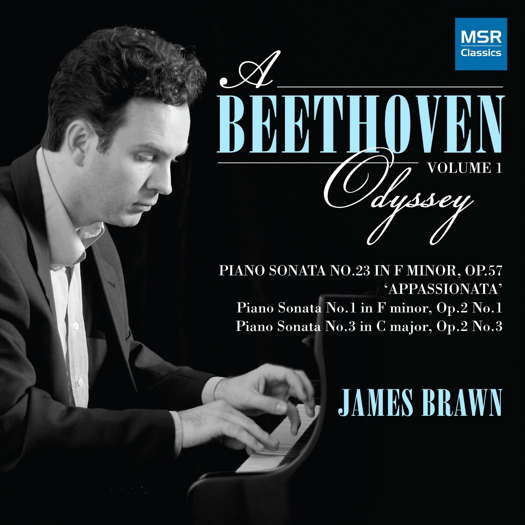 FROM ROME: From December 2009 until March 2023, the late Giuseppe Pennisi sent us regular reports from the Italian opera and classical music scene.
FROM ROME: From December 2009 until March 2023, the late Giuseppe Pennisi sent us regular reports from the Italian opera and classical music scene.

Multifaceted and Virtuosic
GERALD FENECH listens to Telemann violin concertos
'... Elizabeth Wallfisch has a profound understanding of the composer's style, and her interpretations are not only highly accessible, but also, when needed, deeply emotional and vibrantly dramatic.'
Georg Philipp Telemann was born in Magdeburg on 24 March 1681. Almost completely self-taught in music, he became one of the greatest composers of the baroque era against his family's wishes. After studying in his hometown, Zellerfeld and Hildesheim, Telemann entered the University of Leipzig to study law, but his determination eventually enabled him to become what he really wanted - a musician.
As his career unfolded, he held important positions in Leipzig, Sorau, Eisenach and Frankfurt before settling in Hamburg in 1721, where he became musical director of that city's five main churches. While Telemann's career went from strength to strength, his personal life was always fraught with misadventures: his first wife died less than two years after their marriage, and his second wife, apart from having several extramarital affairs, also accumulated a large gambling debt before leaving him. Luckily, he was bailed out by his friends, of which he had many. During his lifetime he garnered a reputation not only as a fine composer but also as a renowned multi-instrumentalist.
In terms of surviving oeuvre, Telemann is undoubtedly one of the most prolific composers in history, and after his death on 25 June 1767, he left behind an enormous body of works, both sacred and secular, and in every genre of the time. If we concentrate on his orchestral music alone, we find that this German genius wrote nearly fifty concertos for various instruments, including twenty-one for violin and eight double violin concertos. A viola concerto remains a necessary part of an otherwise meagre concerto repertoire for the instrument, and there are useful pieces for one and two French horns, for trumpet, for oboe d'amore and for recorder.
And what about his church music? Indeed, in this genre Telemann was an unending river of composition. Apart from forty-six settings of the Passion, he wrote 1,043 cantatas, oratorios, Masses, motets and psalms. Musicologists have attributed the great man with well over three thousand pieces, but sadly only about half have survived.
Each of the three violin concertos on this fine seventh volume of CPO's ongoing cycle dedicated to Telemann's violin concertos, deserves separate consideration in view of its singular musical character and special transmission history. In two cases, stylistic descriptions and evaluations are bound up with the question of authenticity of these works. This applies to the Overture Suites TWV 55: A8 and TWV 55: A4.
Wolfgang Hirschmann, the expert booklet author, is of the opinion that the attribution of the first suite to Telemann is entirely justified, even though it involves a rather early example of this composer's concerts en ouverture. The interpretation of this work by the Wallfisch Band is multifaceted and just as virtuosic, thus making a compelling case for the piece situated between the concerto and suite genres.
Listen — Telemann: Ouverture (Overture Suite in A, TWV 55:A8)
(track 1, 3:06-3:52) ℗ 2021 cpo :
Although the second overture suite should be assigned to the anonymous category, Adolf Hoffmann categorically labelled the piece as a Telemann creation, and classified it as a masterpiece. The solo violin is highly effectively employed along with a finely developed feeling for tone colour effects, and the movements are ambitiously elaborate in length and form. Authenticity apart, these works enable us to participate in a fascinating journey back in time to European music culture around 1720.
Listen — Telemann: Le Lusinghe (Overture Suite in A, TWV 55:A4)
(track 14, 0:00-0:57) ℗ 2021 cpo :
The music on this issue, as in previous ones, has real charm and grace, but Telemann's genius never allows it to become static and mediocre. Indeed, Elizabeth Wallfisch has a profound understanding of the composer's style, and her interpretations are not only highly accessible, but also, when needed, deeply emotional and vibrantly dramatic. The allegro passages, in particular, have a zip that keeps listeners on their toes.
Listen — Telemann: Allegro (Concerto in G, TWV 51:G4)
(track 11, 1:50-2:38) ℗ 2021 cpo :
The Wallfisch Band lends sensitive support throughout. This is a polished addition to this cycle, in exemplary sound and exhaustive annotations. I'm looking forward to the next helping.
Copyright © 7 November 2021
Gerald Fenech,
Gzira, Malta

CD INFORMATION: TELEMANN VIOLIN CONCERTOS 7
MORE CLASSICAL MUSIC ARTICLES ABOUT GERMANY




